Why 2017 is the year of Microsoft Surface
This year is the best year yet for new Surface devices. Here is why that's so exciting, and why I think it matters.
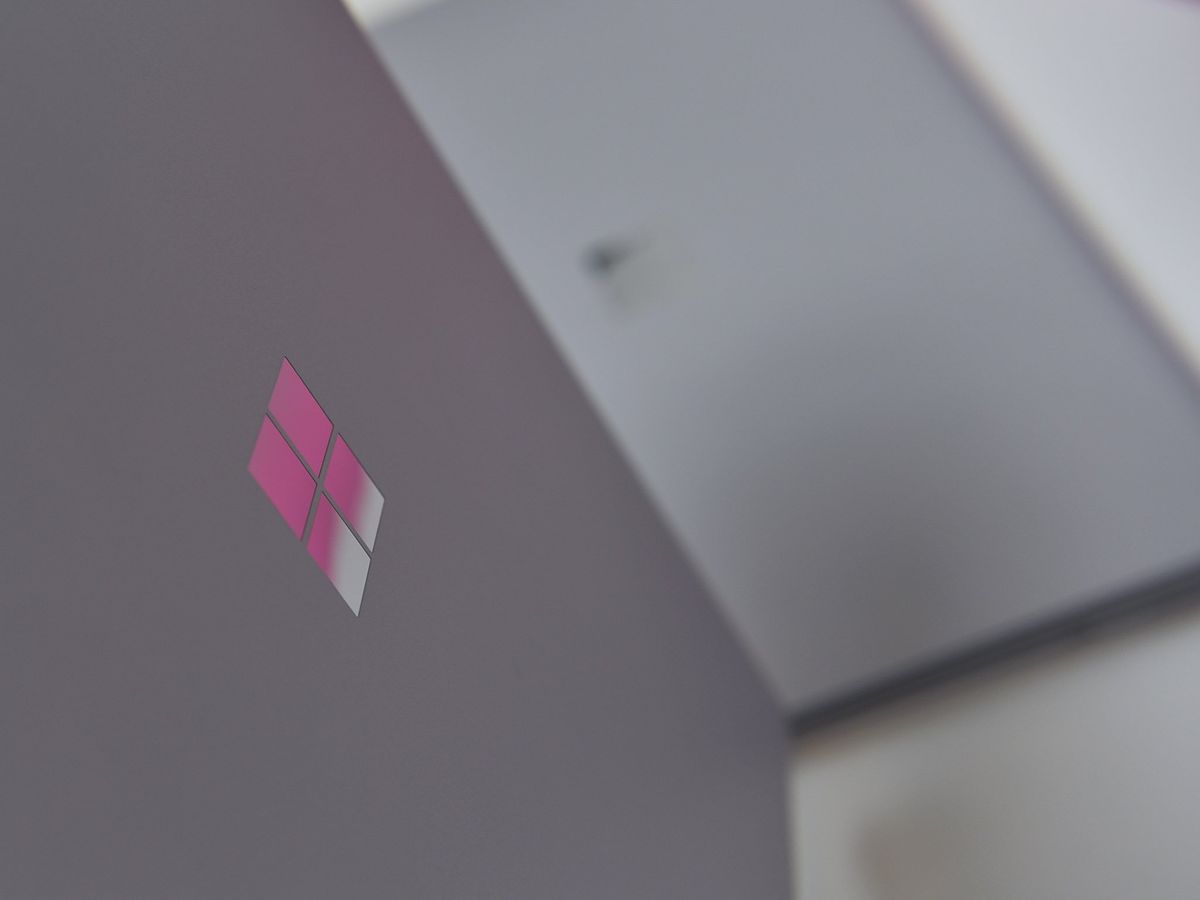
With this week's launch of the Surface Book 2, Microsoft's program to showcase Windows 10 through hardware seems to have finally hit its stride. It's a drastic change from just a few years ago, when the company had a $900 million "inventory adjustment" due to the Surface RT. That, along with general skepticism of the form factor of Surface Pro, had many in the business calling for Microsoft just to give up.
In 2017 alone, the company released Surface Pro, Surface Laptop, and Surface Book 2. (Surface Studio also launched outside the U.S., which is not insignificant). The same hardware group spearheaded the design and manufacturing of the new 4K-enabled Xbox One X, which is evidently setting sales records and beating expectations.
As someone who has been covering Surface since its launch in 2012, I can point to a few observations about this year's releases.
A look back, and a shift forward
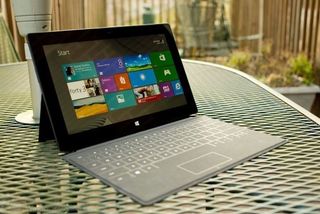
Almost every Surface launch has seen enthusiasm followed by the reality of real-world issues and bugs. While these problems did not affect all devices, it was enough to cause some to lose faith (see the Consumer Reports debacle).
The Surface Pro 4 and Surface Book from 2015 are recent examples where a new Intel chipset, combined with a brand-new OS and a dash of crazy new hardware (Windows Hello camera) caused a ton of problems. Those complaints went on for months, and I have heard it was a high-stress time in Redmond because it was unclear how much could be fixed. Luckily, most of the issues were resolved through later firmware updates.
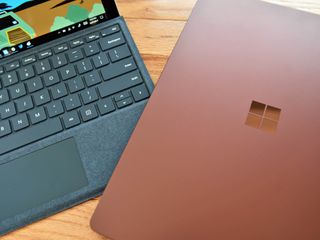
I mention this because in following support forums, Reddit, our article comments, the new Surface Pro, Surface Studio, and Surface Laptop seem to have escaped this unsettling trend. Even with Surface Book 2, I didn't find a single bug, crash, or "must be an early driver" problem.
None of that implies things are perfect. Reports of coil whine, complaints about light bleed, and some battery issues are all still realities that hardware manufacturers must face. Making PCs is not easy – and it's something HP, Dell, and Lenovo have enjoyed watching Microsoft try and occasionally fail at.
Get the Windows Central Newsletter
All the latest news, reviews, and guides for Windows and Xbox diehards.
Fewer deadlines and more perfection
Not only is it hard to make PC hardware, but it gets more difficult when you're creating all-new experiences. Microsoft has taken the dreary world of hinges and made it exciting. (Microsoft calls it hinges team, "hingengineers.") Removable displays, pushing thermal limits, making fanless designs, taking digital inking to new levels – all of that requires lots of investment, time, money, and talent.
With Surface Pro 4 and the original Surface Book, it felt like those products were rushed to market to match the release of Windows 10. There were no fatal flaws, per se, just the drivers and new OS felt green.
I've repeated on our podcast and my #AskDanWindows series that when it comes to new hardware, the Surface team now releases things "when they are ready." While I'm certain there are general timeline goals, such as "first half of 2017 would be nice," specific deadlines no longer apply. It now seems the Surface team has greater autonomy to create and only bring a product to market when it meets their standards without external pressure.
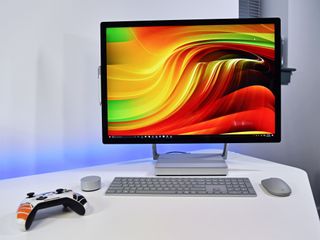
That choice results in longer in-between times, like the two-year gap between the original Surface Book and the new version, but patience pays off. It also makes predicting new Surface product releases difficult. There are no "refresh cycles" tied to 12- or 18-month calendars. Updated Surfaces only come now when there is substantial new hardware. Surface Pro (2017) looks a lot like Surface Pro 4, but it's wholly rebuilt with all new components.
There are also institutional changes. Besides the Microsoft hardware division having more autonomy and a more significant role in creation, it works more closely with the Windows group. We're starting to see that now with the OneNote team, Office, and more tailored software that leverages the power of Surface. It may seem like a given that Microsoft's hardware group should be talking to the Windows one, but those types of team changes on such a massive level take time, mainly to align schedules and plans.
Such internal cooperation had always dogged Microsoft – indeed, it was its mantra under Gates and Ballmer – but since 2014, those walls have come down.
What's next for Surface in 2018?
The goal of Surface was always to make Windows exciting, and to highlight the best of what it can do, including pushing new experiences. Ever since tablets started to take over, many analysts were saying the PC is dead. The opening line from a 2011 Forbes article about HP: "This laptop, netbook and desktop PC manufacturer is on the verge of death."
The tide has shifted in 2017. HP last quarter beat Wall Street expectations with strong sales in PCs for consumers and business. Dell, Lenovo, and Razer are all firing on all cylinders, releasing some of the most exciting hardware in years.
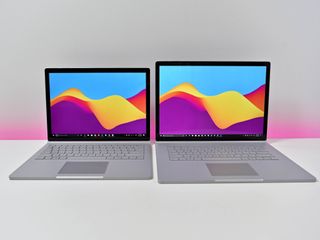
Now it seems as if tablets are dead. PCs just need reinvention. Combine Intel's latest processors and, yes, Microsoft's Surface program sparking innovation, and we're entering a new age of PCs.
Windows 10 on ARM could be the next chapter. Though ARM processors still have a long way to go to catch up to Intel's x86 architecture for performance, the idea of small, foldable PCs that get all day battery life is very intriguing. Toss in inking and 4G LTE, and there are all sorts of exciting possibilities.
Windows Mixed Reality, while nascent, is also promising. Microsoft built a virtual, 3D version of its Windows desktop experience and gave it away for free with the Windows 10 Fall Creators Update. The software development kit is already here, and all those Windows Store apps already work in it. While it maybe not groundbreaking today, Microsoft laid the foundation for the next 20 years of augmented computing.
All of this should have you excited. Microsoft's Surface team is releasing what I think is hit after hit, learning lessons, and delivering exciting products to consumers to drive innovation. Just as importantly, Microsoft's partners are following right behind. I'm literally testing a gaming PC from HP right now the Omen X Compact Desktop that you can wear as a backpack with no cables for Windows Mixed Reality – it's nuts.
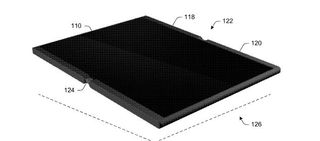
As to what Microsoft comes up with next in 2018, we have some ideas, like Windows Core OS and a foldable device. And I've never been more hopeful. With the imminent death of Windows on phones, we need something else in the mobile space from Microsoft, and I'm starting to feel confident it can get the job done. You should too.

Daniel Rubino is the Editor-in-chief of Windows Central. He is also the head reviewer, podcast co-host, and analyst. He has been covering Microsoft since 2007 when this site was called WMExperts (and later Windows Phone Central). His interests include Windows, laptops, next-gen computing, and wearable tech. He has reviewed laptops for over 10 years and is particularly fond of 2-in-1 convertibles, Arm64 processors, new form factors, and thin-and-light PCs. Before all this tech stuff, he worked on a Ph.D. in linguistics, performed polysomnographs in NYC, and was a motion-picture operator for 17 years.